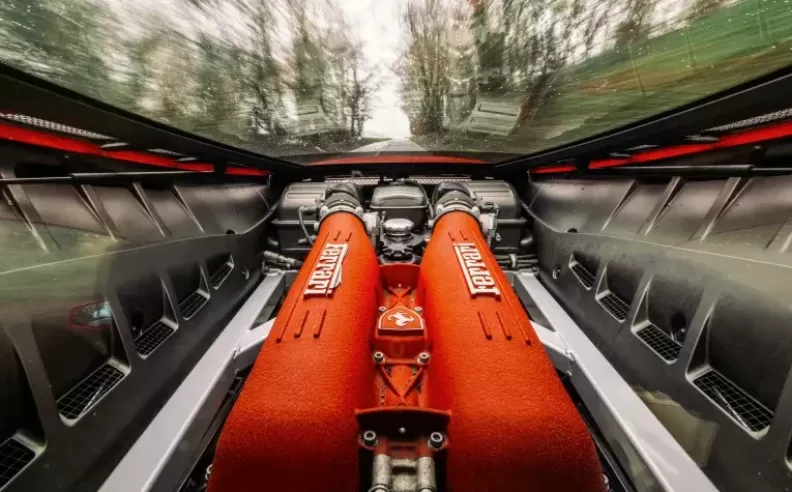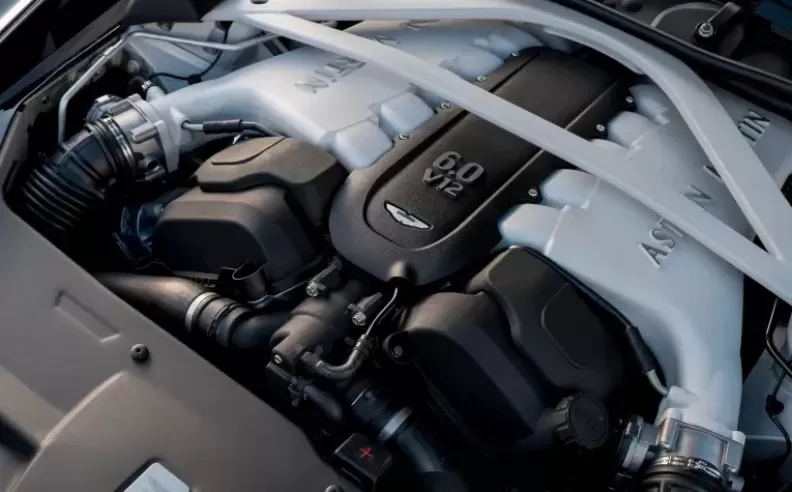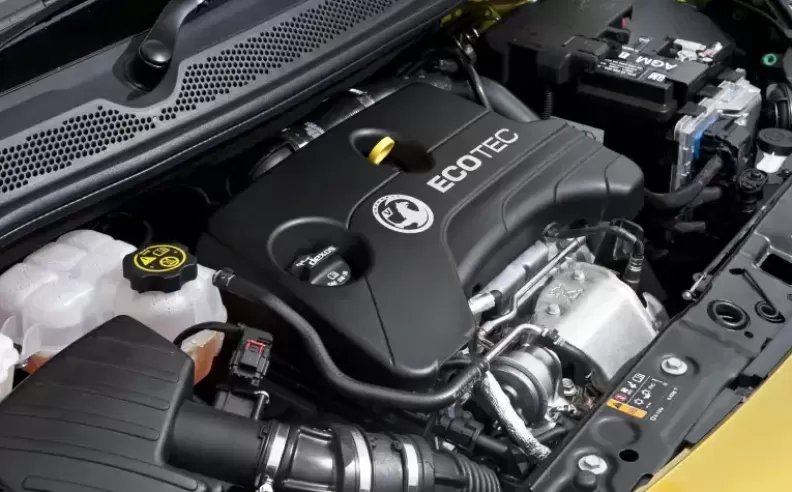
When buying a petrol or diesel car, one of the most important decisions you'll make is choosing the right engine size. Engine capacity affects not just performance and efficiency, but also the cost and feel of the car. From compact city runabouts to powerful grand tourers, modern cars come with a wide variety of engine sizes, each offering its own set of advantages. So, which one is right for you? Here's what you need to know.

Smaller engines, typically three or four cylinders ranging from 1.0 to 1.6 litres, are popular in compact cars and family hatchbacks. These engines are generally more fuel-efficient and cost-effective to maintain, thanks to their lighter weight and fewer moving parts. Turbocharging and hybrid technology have further boosted their capabilities, allowing even a 1.0-litre engine to offer performance that rivals older 1.6-litre units.
However, smaller engines may struggle when paired with larger vehicles or during heavy driving conditions, such as towing or long-distance motorway cruising. They can feel strained under load, which may impact fuel economy and durability in the long run. Still, for city driving and light daily use, they often strike a perfect balance between economy and usability.

Larger engines, typically 2.0 litres and up, offer more torque and power, making them ideal for performance cars, SUVs, and luxury vehicles. With more cylinders, such as six or eight, these engines run smoother and often quieter, delivering relaxed performance with fewer gear changes and lower engine revs.
But they come at a cost: increased fuel consumption and often higher servicing expenses. More components like spark plugs and belts mean more potential wear and tear. Additionally, heavier engines can affect handling and ride quality, although this is sometimes compensated for with sportier suspensions in high-end models. Ultimately, larger engines shine when power, refinement, and capability are top priorities.

Started my career in Automotive Journalism in 2015. Even though I'm a pharmacist, hanging around cars all the time has created a passion for the automotive industry since day 1.

